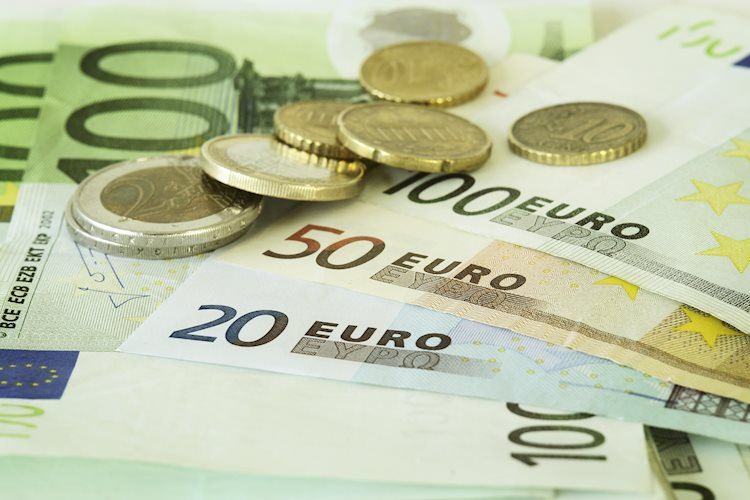The EUR/USD pair has surged to near the 1.1000 level as the US Dollar weakens on the possibility of a Federal Reserve interest rate cut. Investors are increasingly confident that the Fed will reduce interest rates by 25 basis points during their September meeting. This speculation has led to a decline in the US Dollar Index and increased interest in risk-sensitive currencies, with 10-year US Treasury yields also dropping.
Despite the strong belief in Fed rate cuts in September, traders are scaling back bets on a 50-basis point reduction as fears of a US recession have subsided. Positive economic indicators such as robust growth in retail sales in July and lower than expected initial jobless claims have helped alleviate concerns. The market is now looking towards Fed Chair Jerome Powell’s speech at the upcoming Jackson Hole symposium for further guidance on the path of interest rate cuts for the year.
While the US Dollar remains under pressure, the Euro continues to attract investors as they anticipate gradual interest rate reductions by the European Central Bank (ECB). ECB officials have refrained from committing to a specific rate-cut path amid concerns that price pressures could accelerate once again. This uncertainty surrounding the ECB’s actions has bolstered the appeal of the Euro in the midst of the US Dollar’s weakness.
The Euro is the currency for the 20 Eurozone countries and is the second most traded currency in the world after the US Dollar. In 2022, it accounted for a significant portion of all foreign exchange transactions, with an average daily turnover of over $2.2 trillion. The European Central Bank (ECB) plays a crucial role in managing the Euro and setting interest rates to maintain price stability within the Eurozone. The ECB’s monetary policy decisions have a direct impact on the value of the Euro in the global market.
Economic indicators such as Eurozone inflation data, GDP, manufacturing and services PMIs, employment figures, and consumer sentiment surveys all play an important role in influencing the direction of the Euro. High inflation rates may prompt the ECB to raise interest rates, benefiting the Euro, while weak economic data could lead to a decline in the currency. Additionally, the Trade Balance indicator is significant for the Euro, as a positive net balance strengthens the currency by increasing demand for exports.
Overall, the recent uptrend in the EUR/USD pair can be attributed to the decline in the US Dollar on the back of Fed rate cut expectations, coupled with the Euro’s stable appeal amidst uncertainties surrounding the ECB’s rate-cut path. Investors are closely monitoring economic indicators and central bank decisions to gauge the future direction of both currencies. The interplay between these factors will continue to impact the EUR/USD pair in the coming days.





















